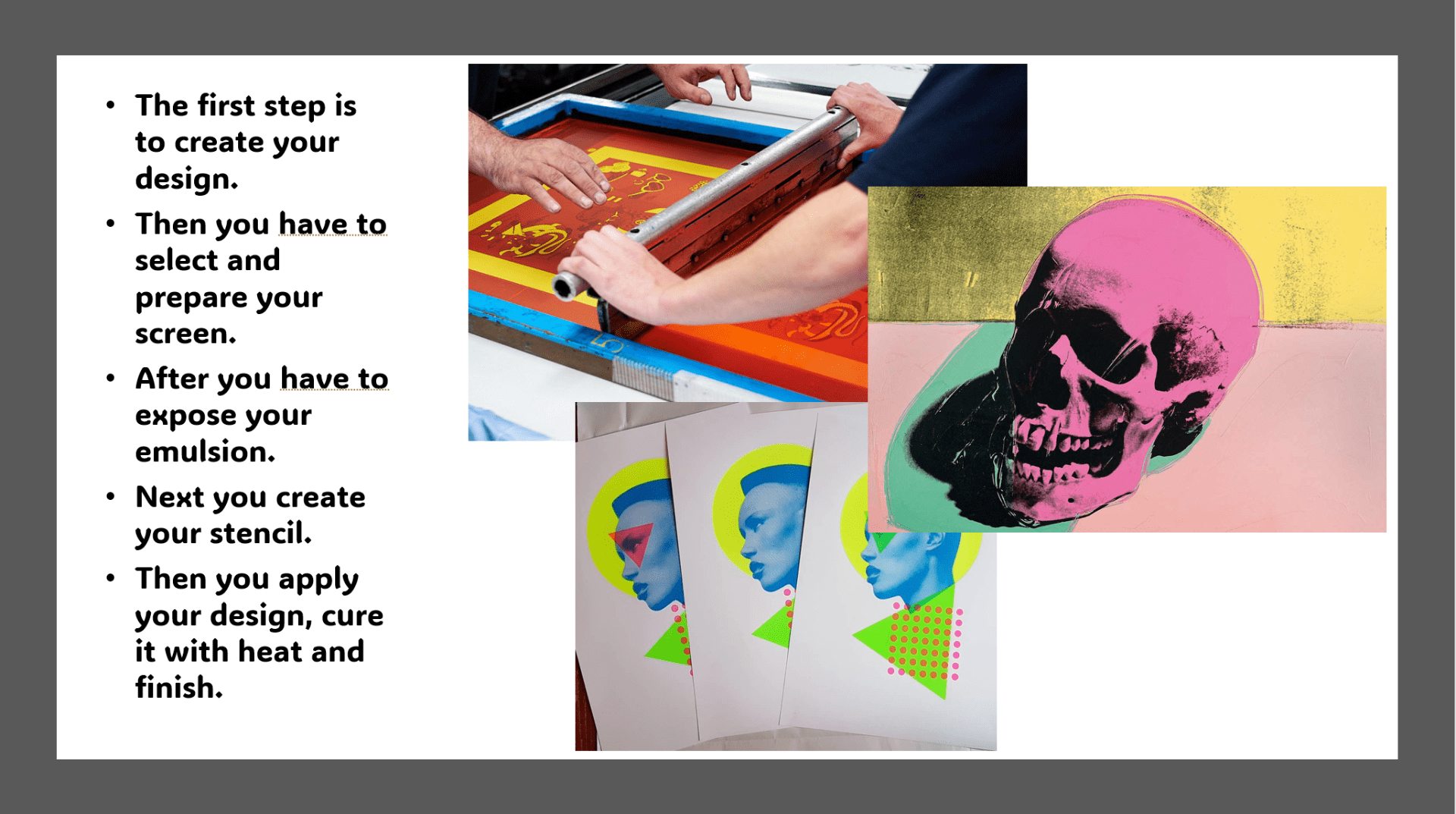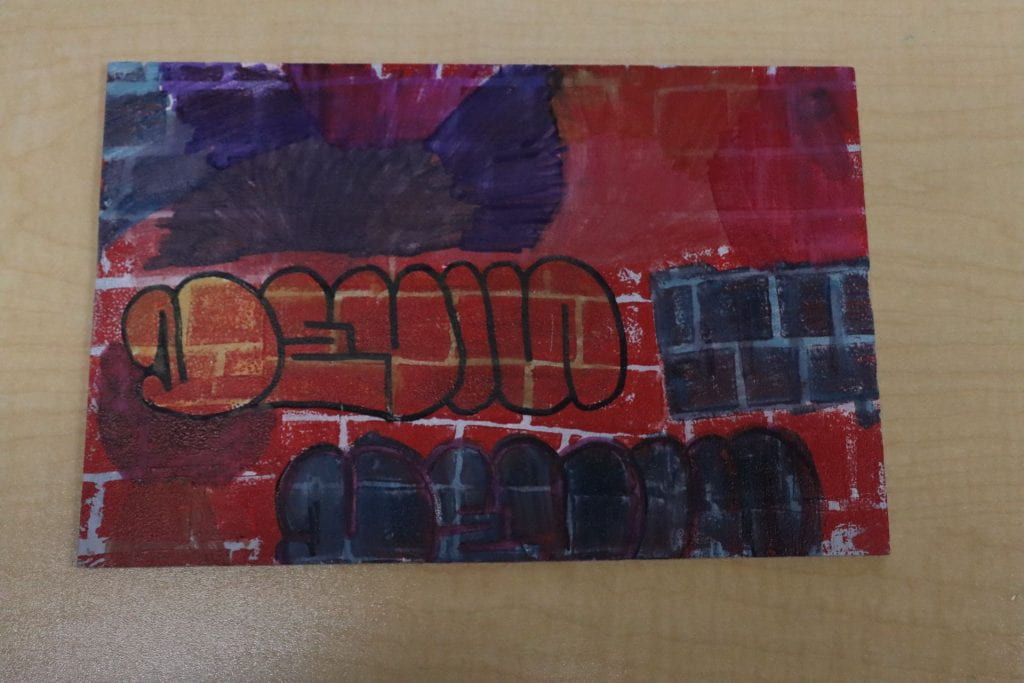Screen Printing Research
Personal Project
Lightroom Photos Edited
Block Printing
Read And Write
–Aperture: controls the area over which light can enter your camera. Shutter speed: controls the duration of the exposure. ISO speed: controls the sensitivity of your camera’s sensor to a given amount of light.
-In brighter lighting, lower ISO is best — low ISO values are better in well-lit scenarios. Conversely, when less light is available, you need a higher ISO to compensate. High ISO increases your camera’s light sensitivity, which is ideal for low-light situations
-Aperture Priority (A) lets you choose the aperture (aka f-stop) setting you want, but the camera chooses the shutter speed. Shutter Priority (S) lets you choose the shutter speed you want, but the camera chooses the aperture setting.
-Most cameras have different autofocus modes to help you focus in different situations. You can select one either through the camera settings menu or with a button dedicated to it. The most common autofocus modes options are : AF-S (single point), AF-C (Continuous) or AF-A (automatic). The basic option is the AF-S.
-Accurate light readings are essential for setting a correct exposure. A correct exposure is the one that gets your photo looking how you want it to. Light meters read the light intensity. A camera’s light meter in manual mode will indicate when the exposure settings are correct or when you need to adjust them.
-A wide-angle lens provides a wide field of view and allows you to capture more of the scene in front of view. On the other hand, a telephoto lens has a narrower field of view. Depth of field is another feature you can’t ignore in making your wide-angle vs. telephoto decision.
-White balance (WB) is the process of removing unrealistic color casts, so that objects which appear white in person are rendered white in your photo. Proper camera white balance has to take into account the “color temperature” of a light source, which refers to the relative warmth or coolness of white light.
-Depth of field is the area of acceptable sharpness in front of and behind the subject which the lens is focused. Put simply, it refers to how blurry or sharp the area is around your subject. A shallow depth of field refers to a small area in focus. Often the subject is in focus, while the background is blurred.








